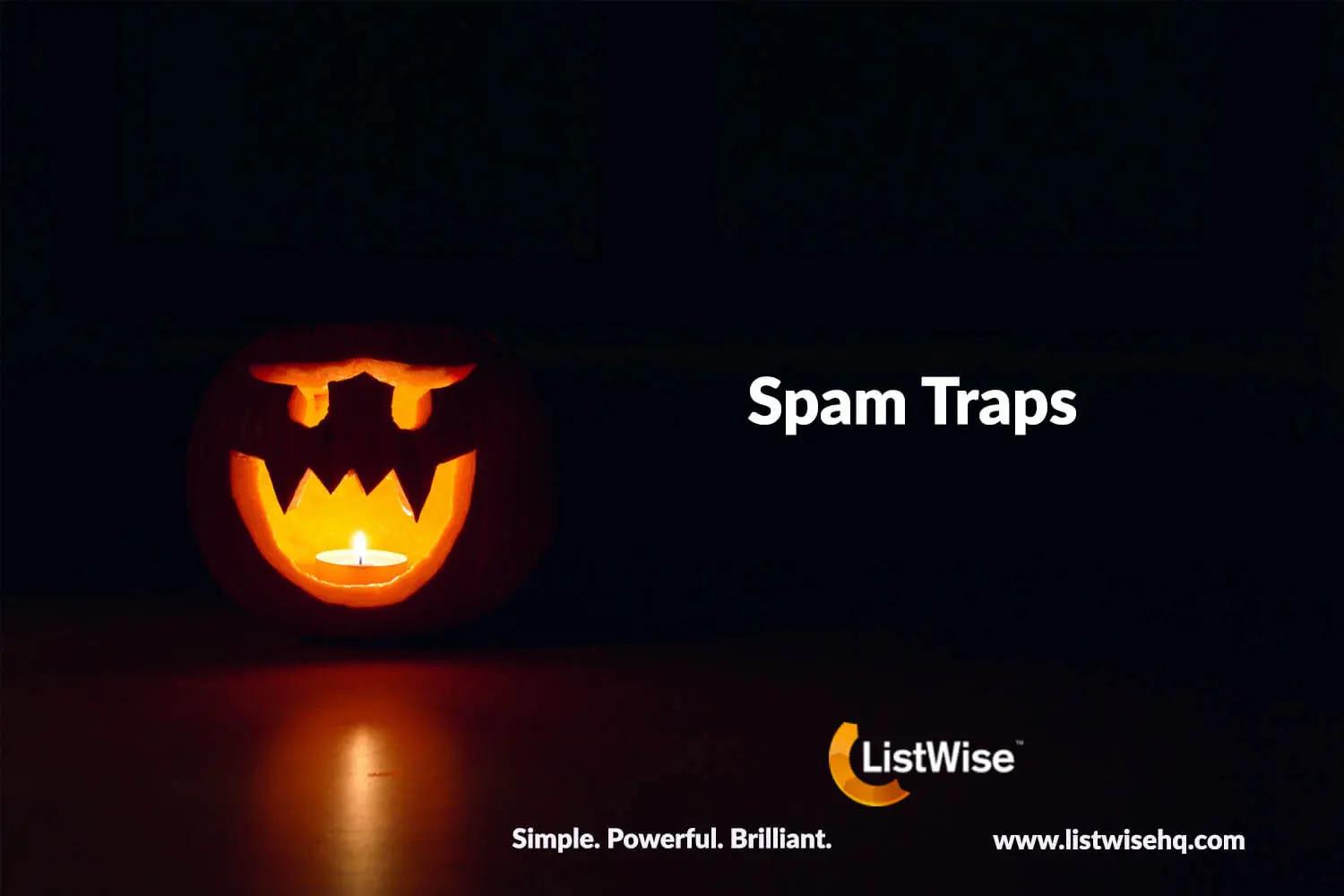Spam Traps
Spam traps are email addresses that are created or repurposed with the sole purpose of identifying and catching spam emails. They are typically not used by real individuals and are strategically placed in various locations, such as websites, forums, or public sources, to attract and collect unsolicited emails.

There are two primary types of spam traps:
1. Pristine Spam Traps:
These are email addresses that have never belonged to a real person and were created solely as traps. They are typically seeded or distributed across the internet in a way that makes it likely for them to be collected by spammers.
2. Recycled Spam Traps:
These are email addresses that were once owned by real individuals but have been abandoned or deactivated for an extended period. Over time, email service providers (ESPs) and organizations repurpose these dormant accounts as spam traps to identify senders with poor data hygiene or questionable acquisition practices.
The purpose of spam traps is to help ISPs (Internet Service Providers), email providers, and spam filtering systems identify and filter out unsolicited or malicious emails. When a sender unknowingly sends emails to spam traps, it raises red flags and can negatively impact their email deliverability and sender reputation.
Here are a few reasons why spam traps need to be removed:
1. Reputation damage:
Sending emails to spam traps can harm your sender reputation. ESPs and email filtering systems monitor the presence of spam trap hits and may categorize senders with high trap rates as spammers. This can lead to your legitimate emails being marked as spam or blocked entirely.
2. Email deliverability issues:
When your sender reputation is damaged, it can affect your email deliverability rates. Your emails may end up in recipients’ spam folders instead of their primary inbox, reducing the chances of engagement and conversions.
3. Blacklisting:
Repeatedly sending emails to spam traps can result in your domain or IP address being blacklisted by ISPs or anti-spam organizations. Once blacklisted, your emails may be blocked or heavily filtered, making it difficult to reach your intended recipients.
4. Data quality improvement:
Removing spam traps from your email list helps maintain a clean and engaged subscriber base. It ensures that your email campaigns are reaching real and interested recipients, leading to higher open rates, click-through rates, and overall campaign success.
To avoid spam traps and maintain a healthy email sending reputation, it is crucial to follow best practices for email list acquisition, permission-based marketing, and regular list hygiene. This includes obtaining explicit consent from recipients, implementing double opt-in processes, promptly removing bounced or inactive addresses, and regularly monitoring your email deliverability metrics. ListWise identifies spam traps and them moves the from your list.

